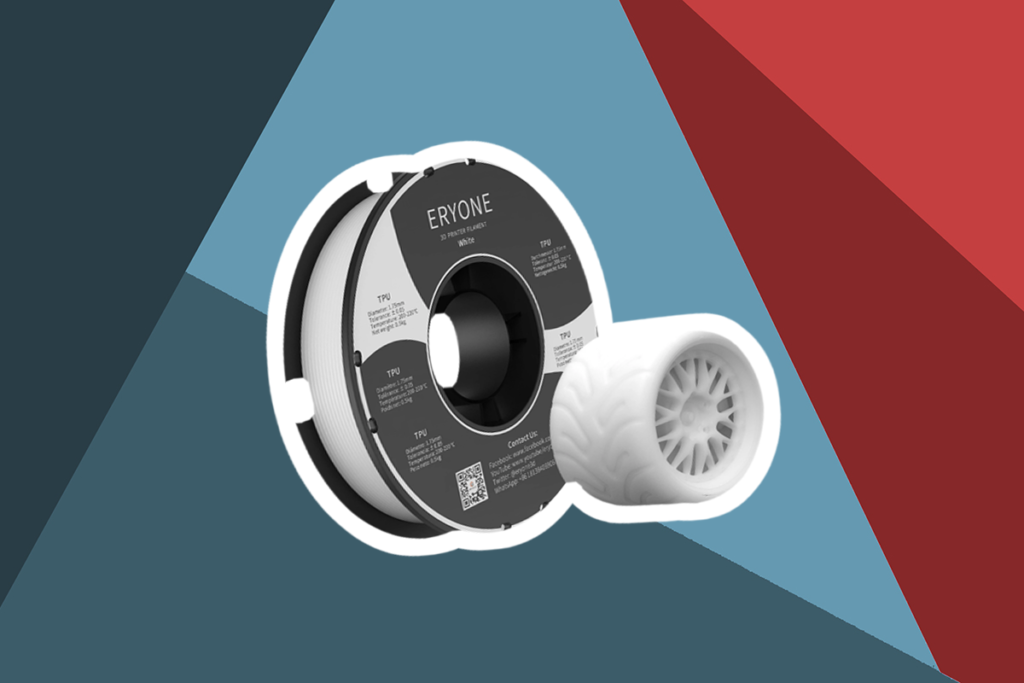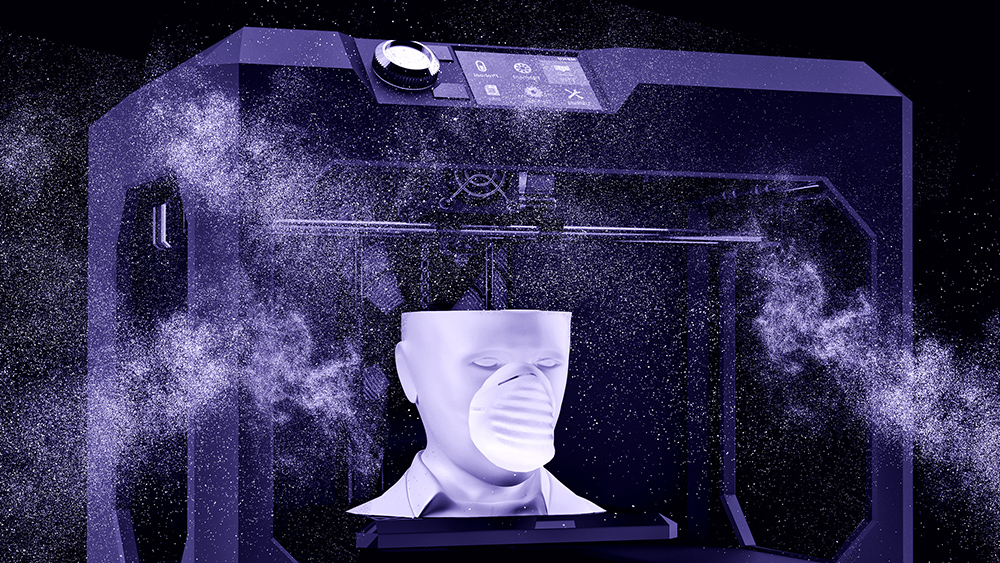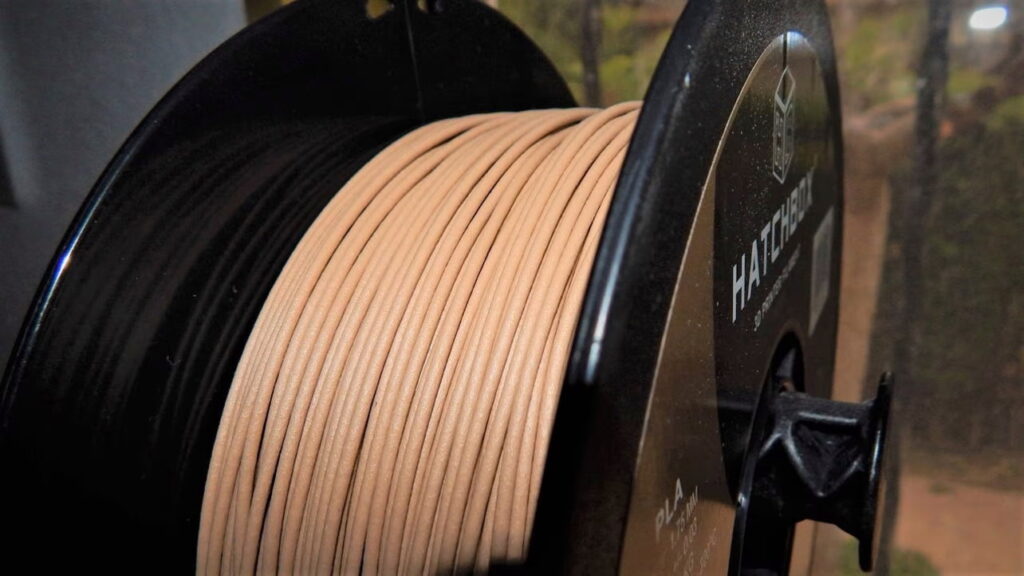

If you have some experience with 3D printing, especially with PLA filaments, your heart has probably sunk when you observe that after three hours of printing, the printer begins to fail. You may have also had that feeling of rage when the first print layer refuses to adhere to the bed, no matter how much adhesive you used. In these moments, you may begin to think that your 3D printer is faulty. However, you should know that your printing machine and wet filament never go together. The result is waste and more waste!
In this article, we’ll tell you how to know when your filaments need drying, how to dry PLA filament, how to prevent them from getting retaining moisture, and the importance of a dry filament.
If your printing begins to fail after some hours and maybe your first print layer refuses to adhere to bed, many of these problems come from one single cause: humidity. The filament may look good and feel dry, but most 3D printing filaments are hydrophilic, which means they absorb moisture from the environment quite easily.
When moisture accumulates inside the filament, this is when you begin to hear these creaks during the printing process and then the failures appear in the 3D printer. So, it’s important to always keep the filaments dry.
The filaments used for FDM printers are very sensitive to humidity. Asides from PLA, nylon is also a very humidity sensitive material that is prone to attracting humidity. To be honest, and since we are not a chemist, we find it hard to understand that adding water loses flexibility. But it is the reality.
All materials are sensitive to this phenomenon but to varying degrees. And above all with very different results.
The concrete way to know that a filament is wet is that you would notice them starting to lose their flexibility and become brittle. In extreme cases, they become unusable because they break during printing. In addition, a wet filament contributes to bad printing. Wet filaments can cause clogging, layer shift, stringing and poor adhesion. The water present inside expands as it heats up and causes small variations in pressure. In the end, therefore, a sort of alternation of under-extrusion and over-extrusion is obtained.
But what is the right humidity level for a filament? According to the manufacturers and general knowledge in the 3D printing community, the ideal humidity of the filaments should be between 10 and 15%. But we can exceed this level because the quality does not deteriorate suddenly but gradually.
If despite your best efforts to keep it away from the elements, the damage is already done, you must try to remove this damn moisture. And there are many solutions to this!
Drying it in an electric oven works. With a gas oven, we don’t know anyone who has tried and above all succeeded. It is however generally difficult to adjust an oven for low temperatures (do not exceed 50 ° for PLA for example).
If you rely on the temperature displayed in the oven, you might be in for big surprises. The operation of the ovens consists of turning on the resistances to bring in heat and to cut as soon as it is reached. This is the same situation as for the printer bed. But on printers you can adjust the PID when you can’t in an oven.
An oven resistance does not cool down instantly when the power is turned off. It, therefore, continues to heat up. And for once, the temperature will rise a lot. If you want to check it, turn your oven to, say 40° (if possible, of course) and bring your hand close. Be careful, we said bring your hand close, not touch! However, if you have a really good oven or, even better, put a probe right below the resistance and watch what happens. If you want to use your oven, we suggest you leave it for a long time (1/2 hour for example) at the temperature you want so that it is homogeneous. However, some users do not like to mix food with non-food.
This solution has the double advantage of perfectly regulating the temperature and being able to operate at a low cost for hours since it is made for that.
You can also dry two or even three coils at the same time. And as a bonus, you can dehydrate something other than filament. Fruits or vegetables such as tomatoes or peppers for example. It is therefore a multi-use tool.
In terms of drawbacks, the height of the shelves is generally not sufficient to fit spools of filament and it takes a bit of tinkering. The second disadvantage is that you cannot dehumidify your filament as it prints. It will not work because the spool is laid horizontally and cannot rotate. Not to mention the bulk. You can still make a stand to put the spool vertically in the dehydrator. But the round format of these machines is not suitable for vertical reels.
To sum up, this is a very good solution if you want to dehumidify your spools so that they are always ready to print. This is not a good solution if you want to dry out as you print. However, we find it more logical to have filaments always dry and ready to use rather than having to dry when printing.
There, we have a dedicated tool. Filament manufacturers have understood the market well and have therefore designed devices dedicated to the filaments they produce. By the way, it might have been more logical to try to make the filaments hydrophobic. But it might not be that simple (and surely more expensive).
One of the best filament dehydrators is the EIBOS Filament Dryer Box by GJCfafts. This device has a temperature and humidity control system that comes with a spool holder and can hold two 1kg rolls of filaments or a single 3kg filament roll.
The filament dryer offers a wider temperature range than the food dehydrator and therefore can dry all types of filament. It takes up relatively little floor space. You can even put it squarely on the framework to dry as you go as long as you are not obsessed with the load on the steelwork.
The first thing to do is to prevent moisture from entering the filament. The sooner you do it, the better. If you don’t want moisture in the filament, you start by storing it in an environment where there is as little moisture as possible. In your opinion, between a garage and your office or your room, where is there less humidity? So the first thing to do is find a dry place in your home.
The second obvious measure is not to leave it in the open air and put it in a safe place. Many filament products come with their drying holder and storage case. The Sunlu Dryer Box of 3D Printer Filament serves this picture best. It’s an all-in-one filament, spool holder, and dryer box for those who want to print with filaments that are in perfect condition.
However, not all filaments come with a storage box. For these types, you’ll need to provide a way to store them. Some of the options to look at are:
The easiest (and most effective) way to shelter it on its own is to put your spools in a freezer bag. 3-liter bags are great for 1-kilo spools. If you can get a double zip bag, you will have better insulation.
Plastic crates have the advantage of being easy to stack, which is handy if you have a lot of spools. Many one-kilogram spools are about eight inches in diameter and three inches wide. So it’s up to you to see the size depending on what you want to store. You will find several fixtures that allow you to use the filament while leaving it in this crate. There are also plastic storage boxes specifically designed for filament storage. One of the most recommended by our experts is the Polymaker Filament Storage Box. This product is ideal for 2x1kg or 3kg Spools and it comes with a filament holder too.
In combination with both methods above, it is useful to add sachets of desiccant. One or two pouches are usually supplied with each spool. But we advise you to put more. You can buy a lot like and keep them. It will thus be possible to put five or six per bag or many more in the boxes. Once overwhelmed, these sachets can be oven-dried. If you are using a crate, you can also choose car dryers.
So, what do you do once you have finished printing? Logic would have told you that it’s necessary to remove the coil to prevent it from taking in moisture. This is especially necessary since the part of the filament between the spool and the inlet of the extruder is highly exposed to humidity. And even more on machines with a gantry height of 50 cm.
So, the rule is that when you have finished printing, you remove the spool and store it away in its box.
If you print filaments, you’ve certainly come across someone who told you on the occasion of one of your printing problems: isn’t your filament wet? And yes. As if it were not difficult enough to mechanically adjust your machine, you also have to think about drying the filaments. Happy are the owners of resin machines who do not have this problem! But the secret is that, during a season known for high humidity, they can keep the filaments in good condition.
We’ve told you how to dry PLA filament materials. We prefer the freezer bags that you can store the filaments in and leave in the original boxes. It takes up less space and you only open the bag when you specifically need this filament.





